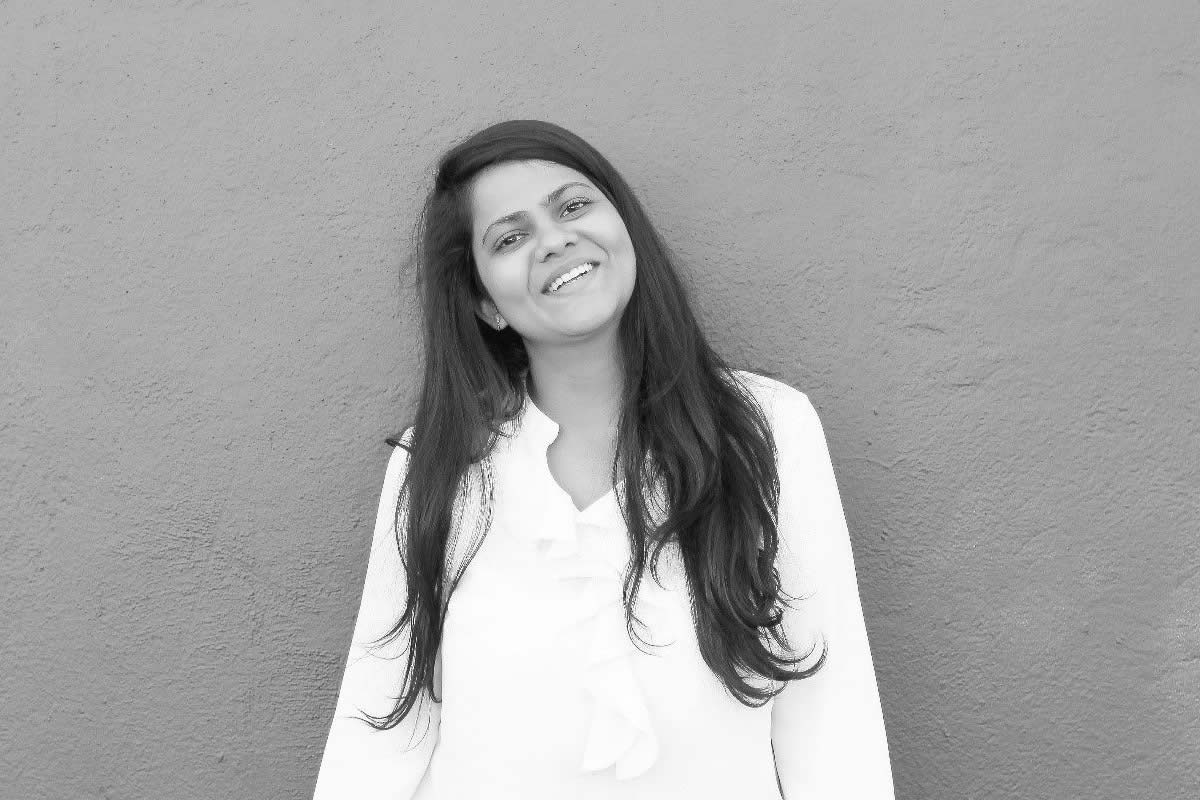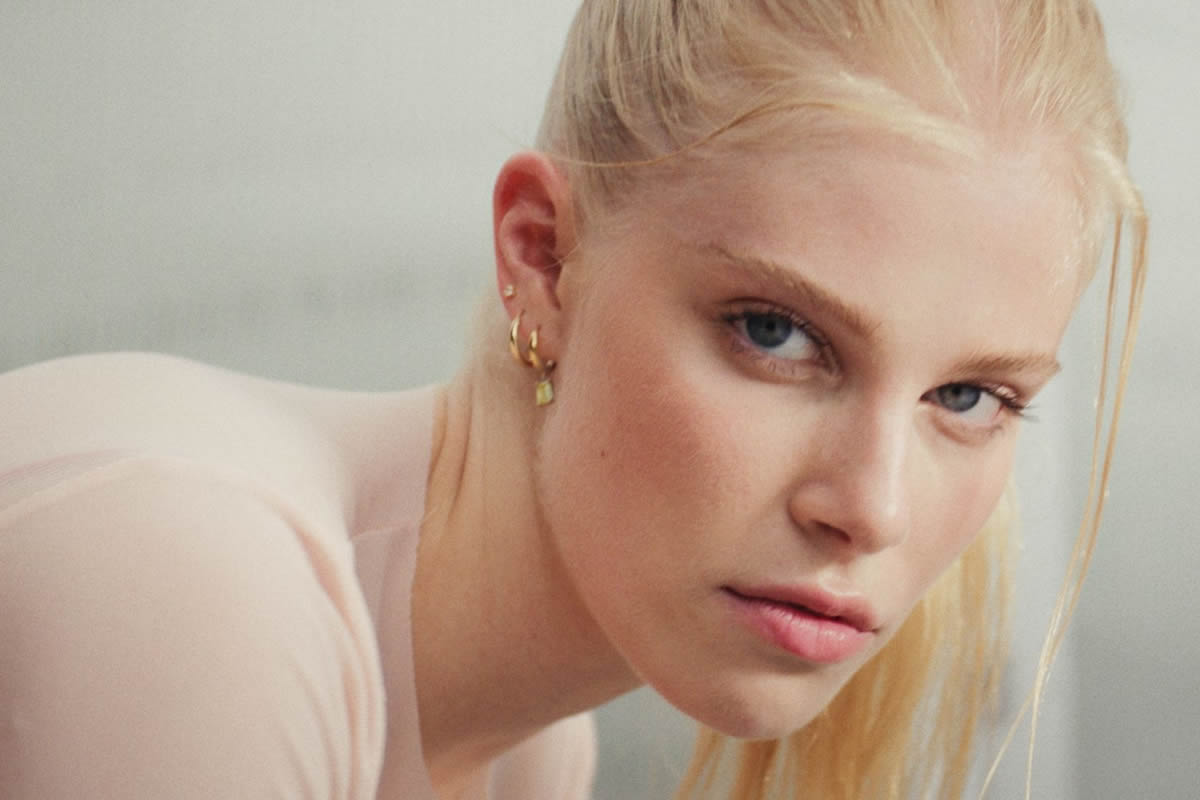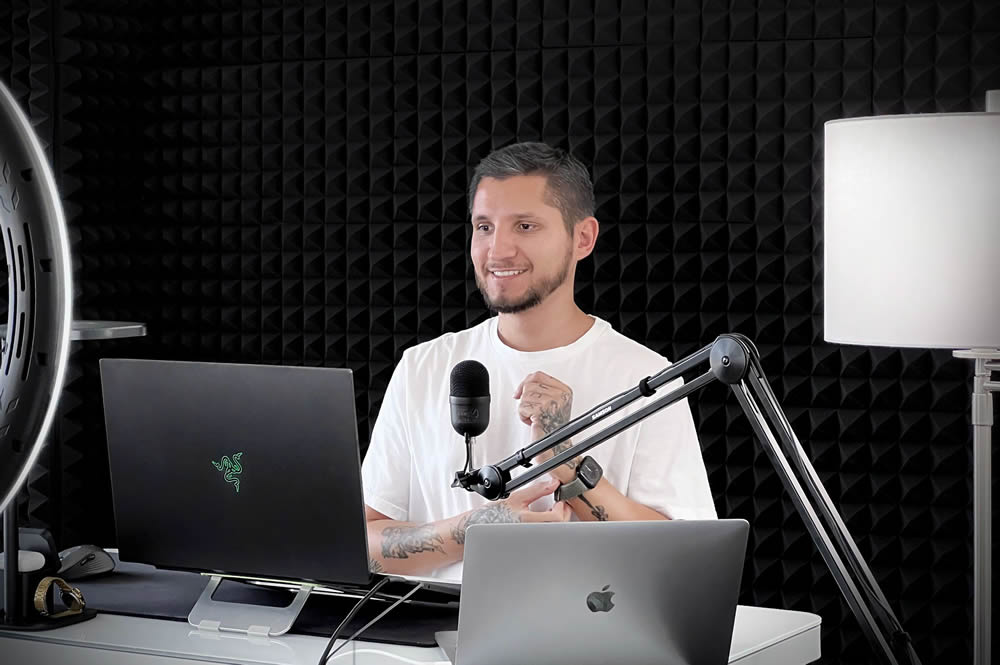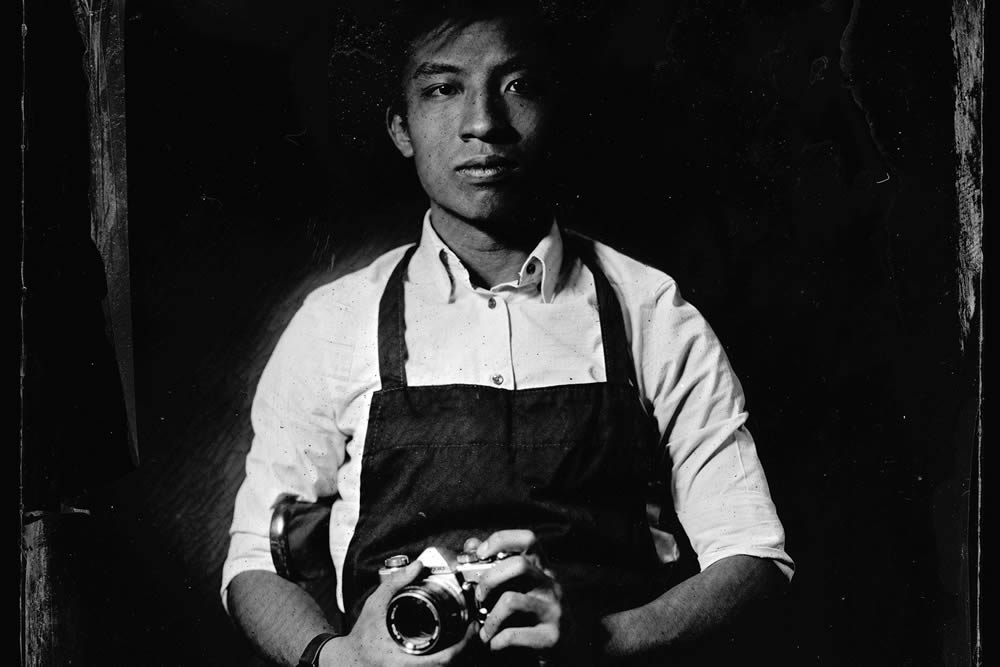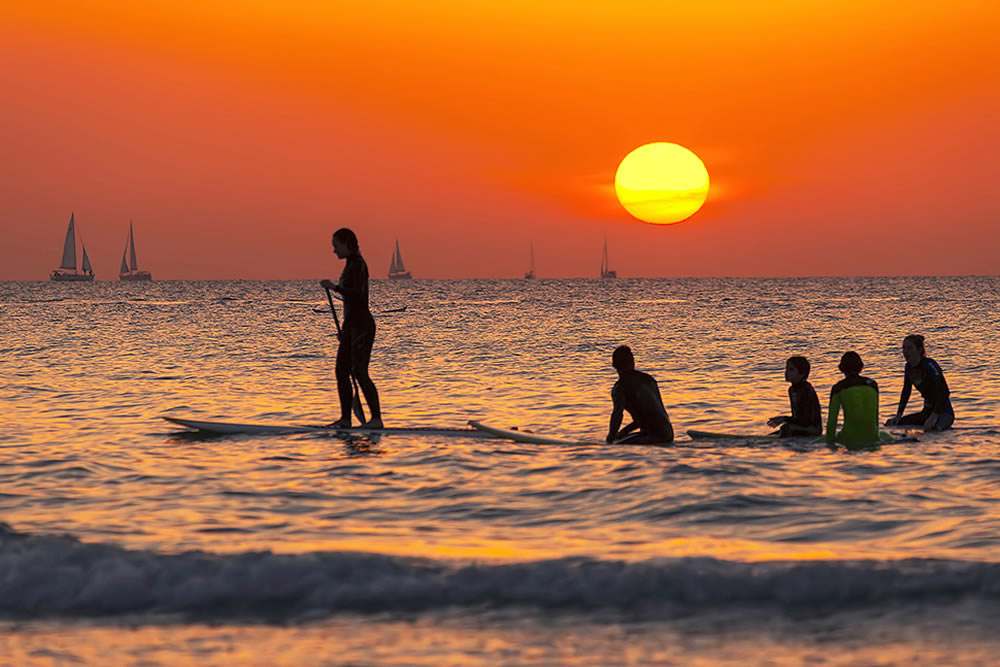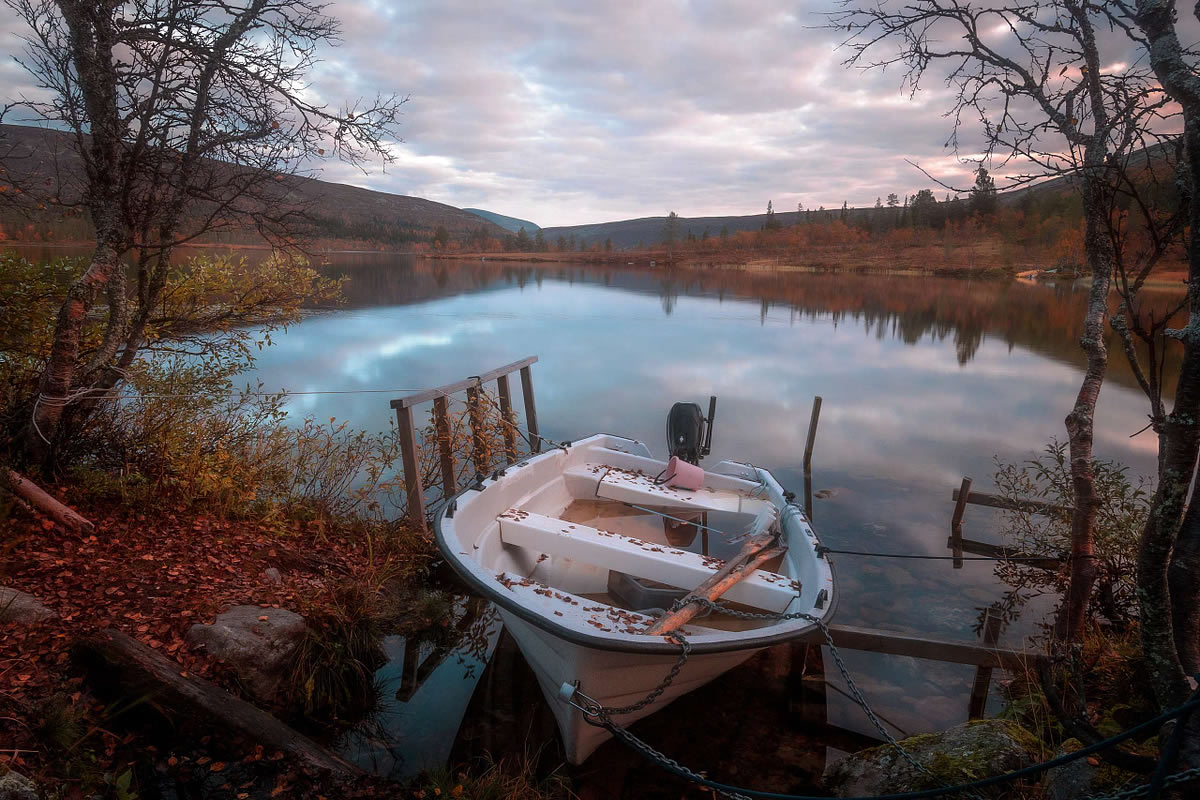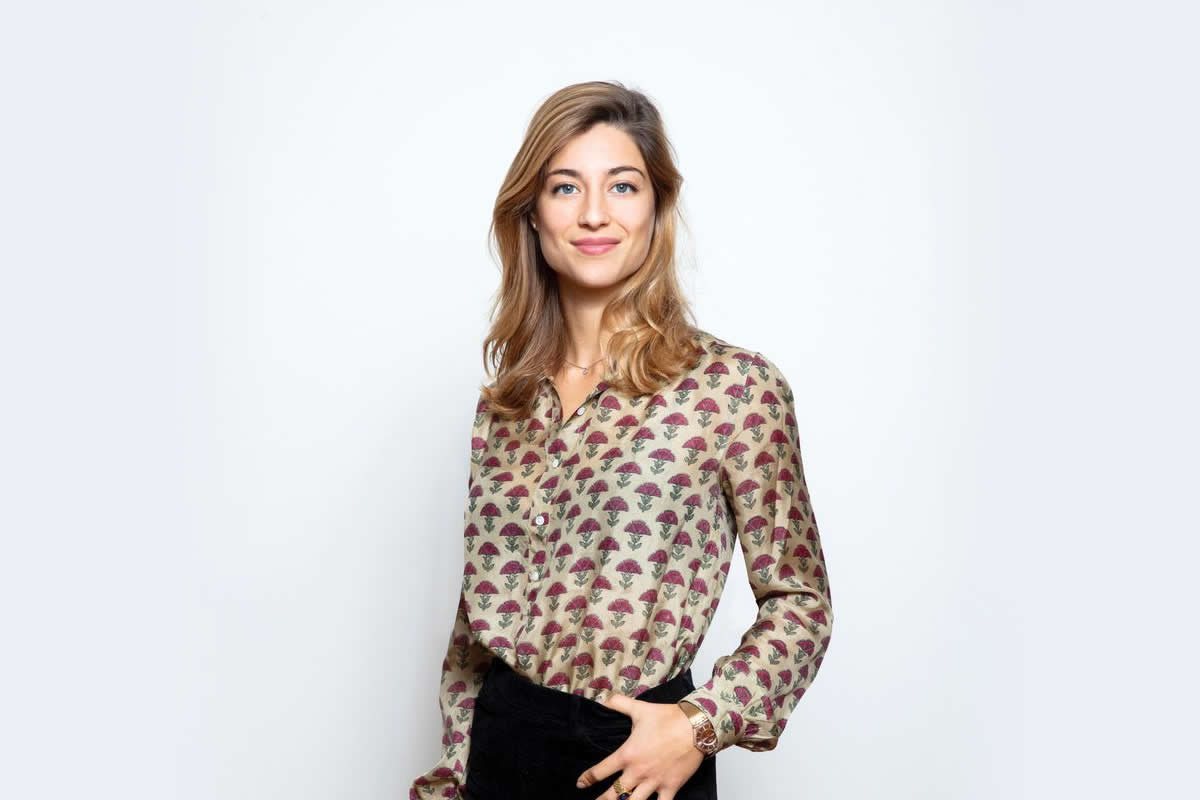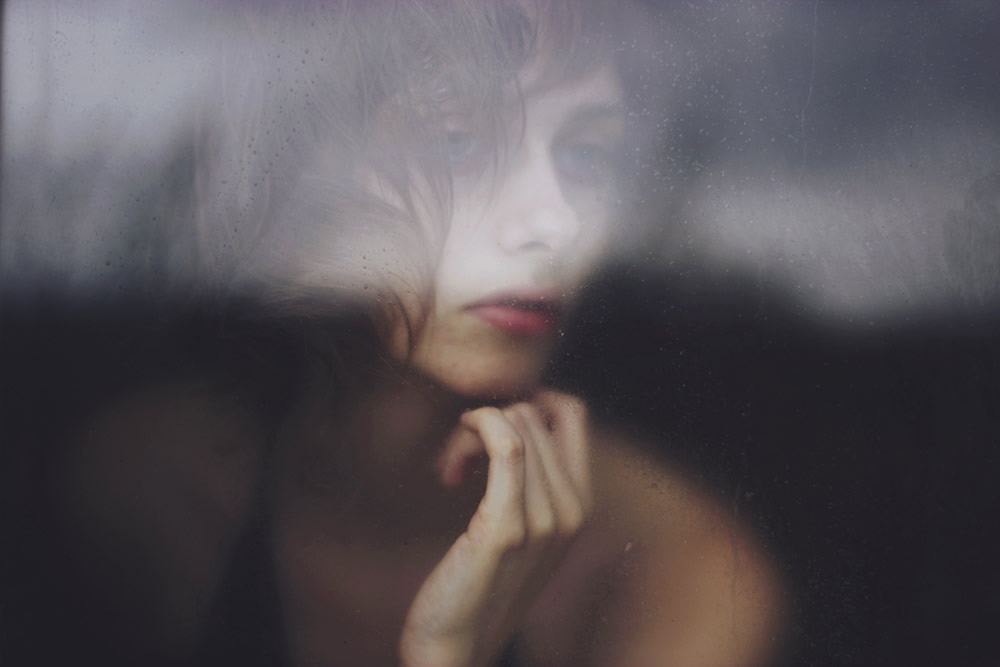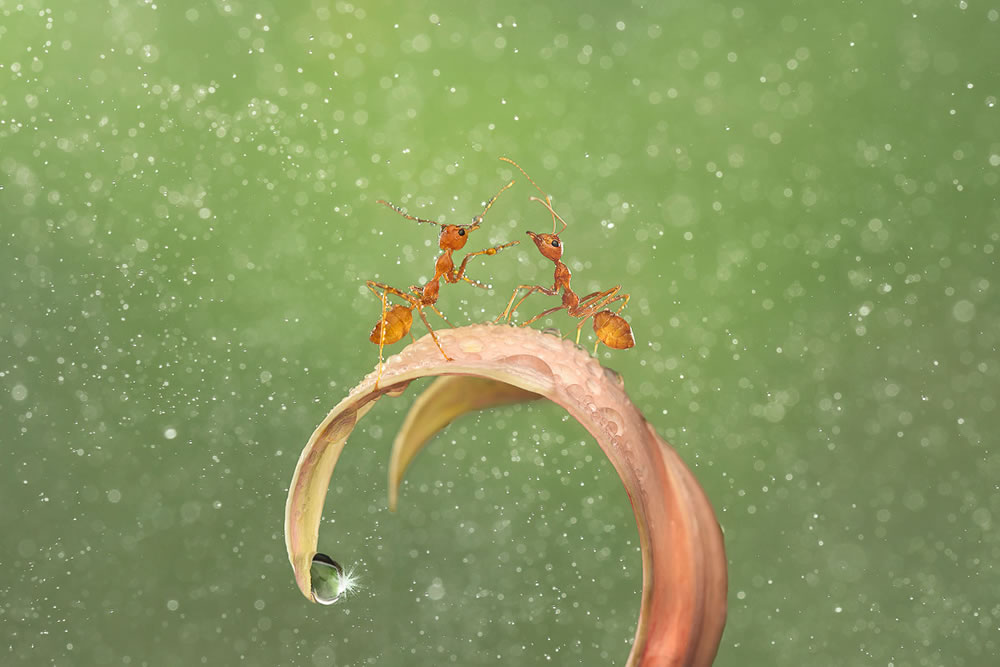André Miranda, a passionate Brazilian photographer and nature enthusiast, finds solace in nature photography. He reminisces about his childhood spent in the small town of Pontalina, Goiás, where he immersed himself in nature between the ages of 2 and 12. Today, approaching his 40s, nature photography serves as therapeutic introspection. For him, it’s a profound experience, allowing him to reconnect with the sacredness of the natural world and confront his inner self.
Thanks, André for accepting our invitation. Please read on…
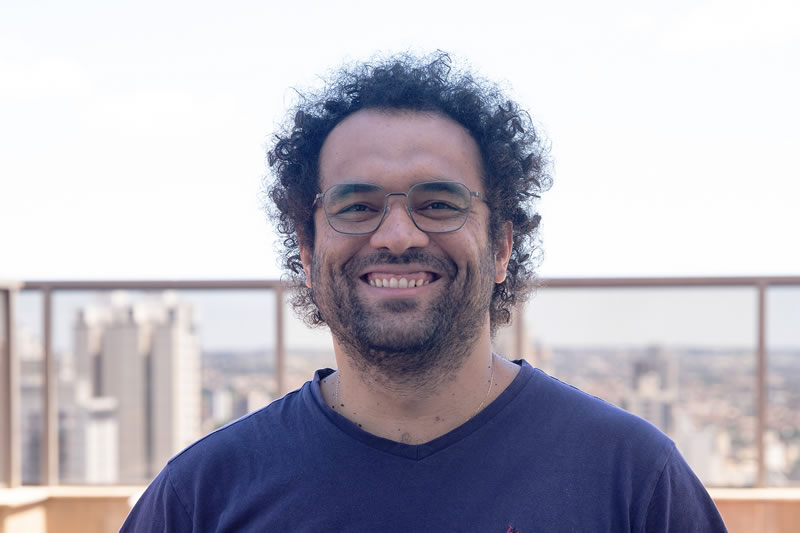
A Few words about you?
My name is André Miranda, I am Brazilian and a photographer of people (portraits, weddings, events, etc.), but I also have nature photography as one of my favorite hobbies. I also enjoy experiencing theater and dance through my lenses. I live in Goiânia in the state of Goiás.
How did you develop your interest in photography?
Nature has always caught my eye; I’ve always enjoyed admiring the water, the birds, the flowers since childhood. However, I had never considered becoming a photographer. Simply looking at the world around me was enough. In 2014, I took a trip with my girlfriend (now wife), and she had a very ordinary camera.
During this trip, I took my first photographs, without many aspirations, but some of them turned out quite interesting for a first attempt. This caught her attention, and she suggested that I invest in a camera. From then on, I decided to pursue this hobby and bought an entry-level camera with the intention of capturing family moments, both during my wife’s pregnancy and after the birth of my first daughter in 2016.
The family photos became increasingly captivating, but my other passion, capturing performances, wasn’t progressing. I didn’t have the necessary mastery of equipment for low-light photography. That’s why I decided to take a professional photography course in 2018, to gain a better understanding of my camera’s functions.
In that year, I was about to take my doctoral exam at the Federal University of Goiás, and I decided to take the photography course to relax while preparing for the other test. However, something unexpected happened. In the first week of the photography course, I discovered that it was my true calling. It brought me satisfaction and pleasure, and that was when I decided to abandon my academic career and channel all my energies into photography. It was the best decision I’ve ever made.
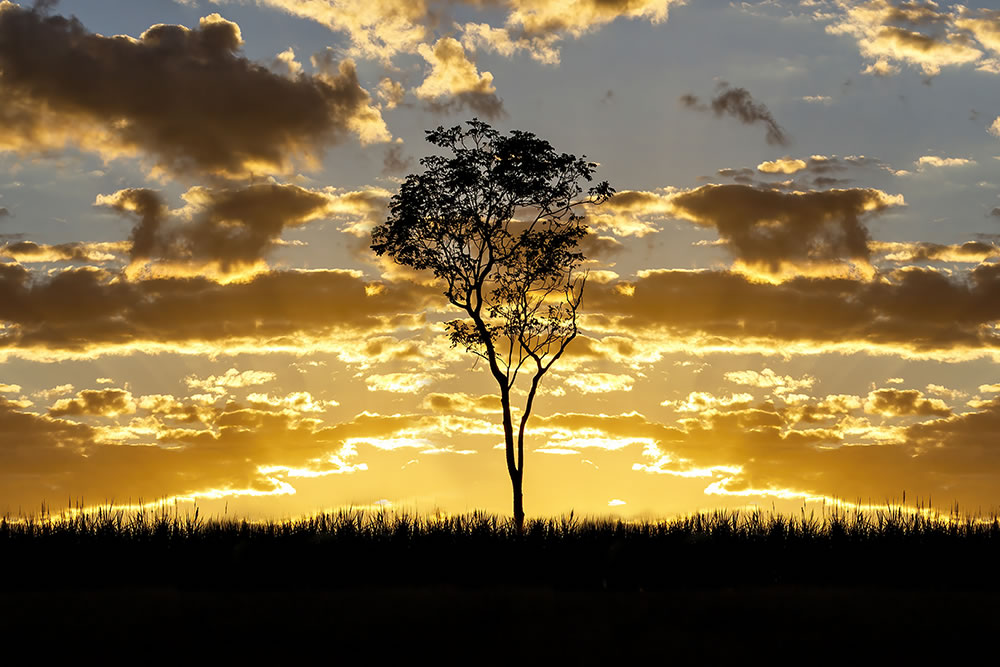
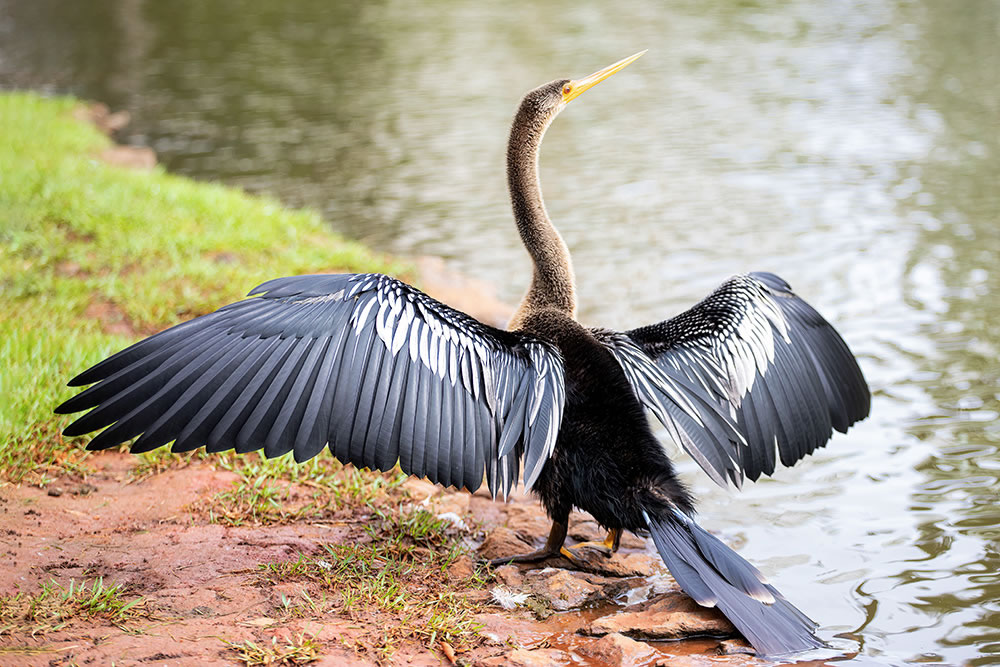
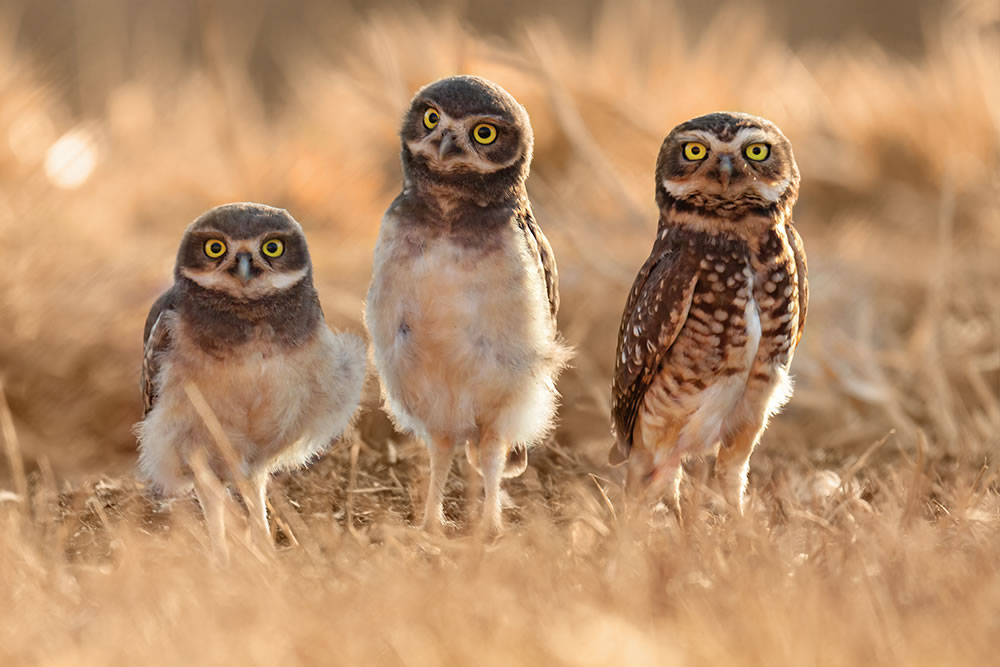
How did you get interested in nature photography?
Nature photography reconnects me with my childhood. Although I was born in the capital of my state, I lived between the ages of 2 and 12 in a small town in the interior of Goiás called Pontalina, where I had a lot of contact with nature. Today, nearing 40 years old, nature photography is like therapy for me. It’s a time when I can contemplate the sacredness that exists around us. It’s when I come face to face with myself.
What catches your eye to produce such wonderful photographs?
I enjoy admiring what’s around me, whether it’s a waterfall in a neighboring town, the butterflies in my garden, or the birds in the public parks of my city. However, I usually do some research before any photography outing to find out what bird species I’ll encounter in the park or to understand the terrain when photographing a specific waterfall. Although many times, there’s no prior research involved – if I see something happening, I grab my camera from my backpack and start shooting.
In landscape photography, I often think about compositions using Google Earth or look at many photos of the location on the internet to envision my own angles, aiming to make the most of my time when I’m on site. I really enjoy researching locations before heading out to take photos. I always try to capture images with light, neutral backgrounds, free of distracting elements, conveying a clear message to the observer. This is all in the pursuit of keeping the photos as close as possible to the natural context in which they were taken.
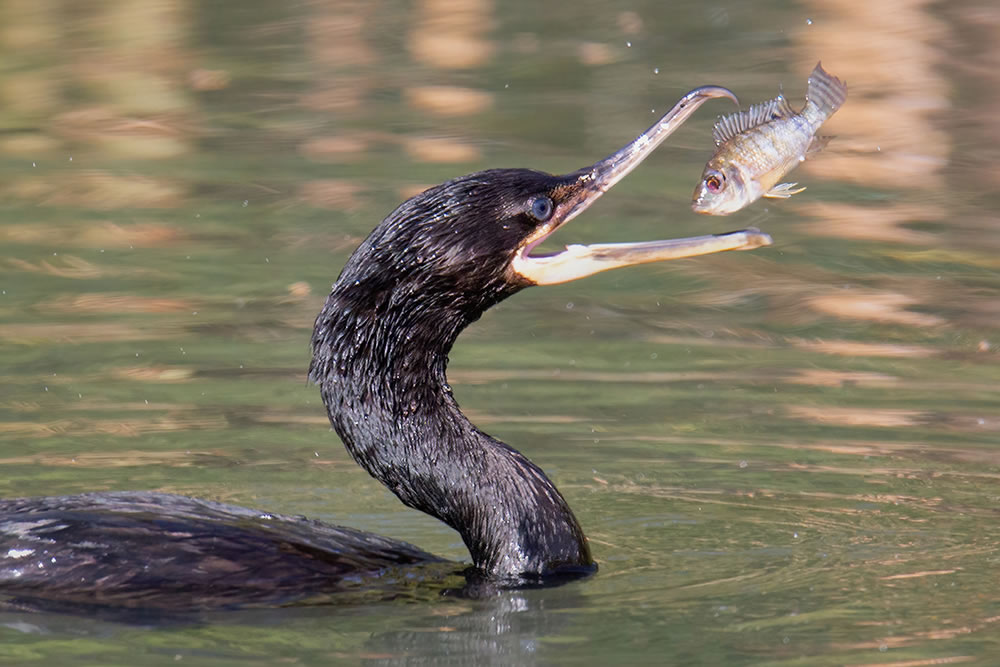
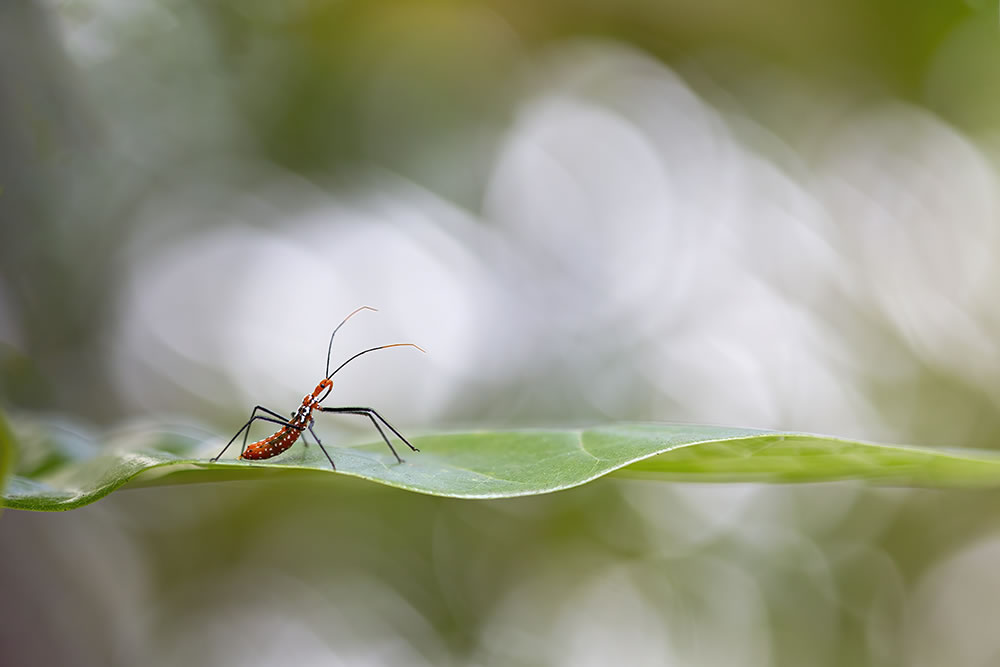
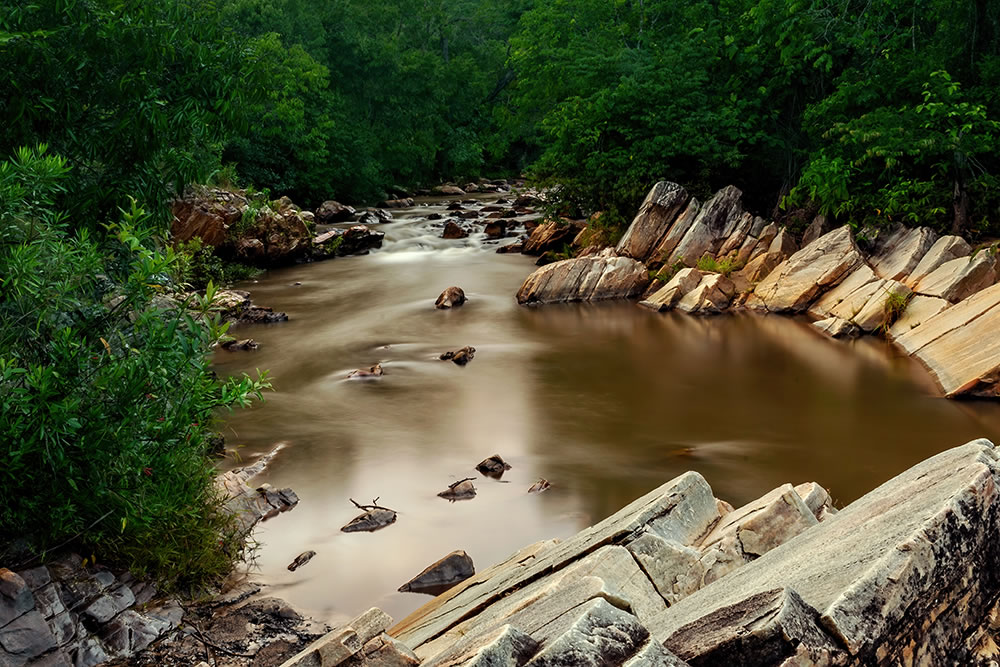
Could you please share your post-processing techniques?
I like to edit my photos in two stages. In Lightroom, I work on the color, contrast, and lighting of the photographs. In Photoshop, I add sharpness to the images, and finally, I use Topaz DeNoise to remove noise from the images. This is necessary because animal photos often have high ISO settings. I use this last software in conjunction with the others. I always strive to keep the photos as close as possible to the natural context in which they were produced, so that the observer can feel like they are part of the photographed space.
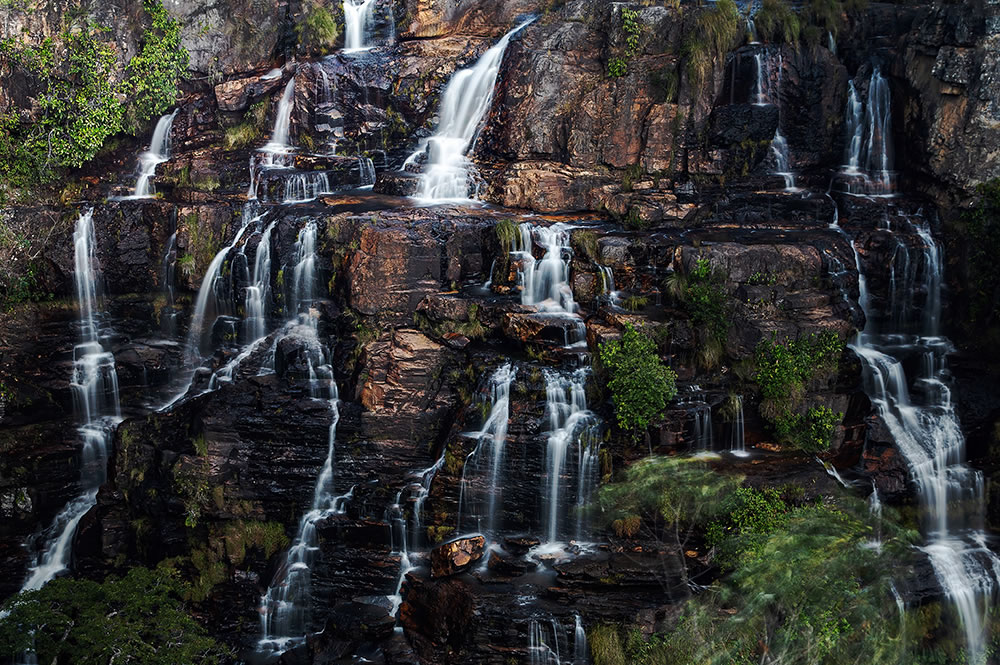
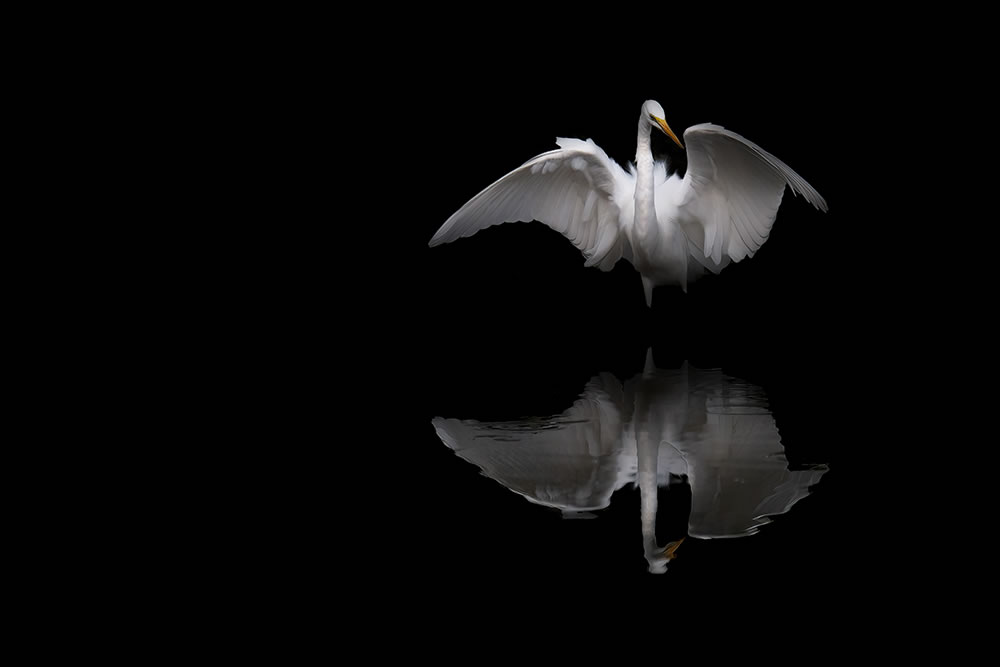
Your favorite photographers?
My favorite photographers are:
- Araquém Alcântara
- Steve McCurry
- Sebastião Salgado
- Luís Valadares (GS)
- Flávio Souza Cruz (GS)
- Tiago Schön (GS)
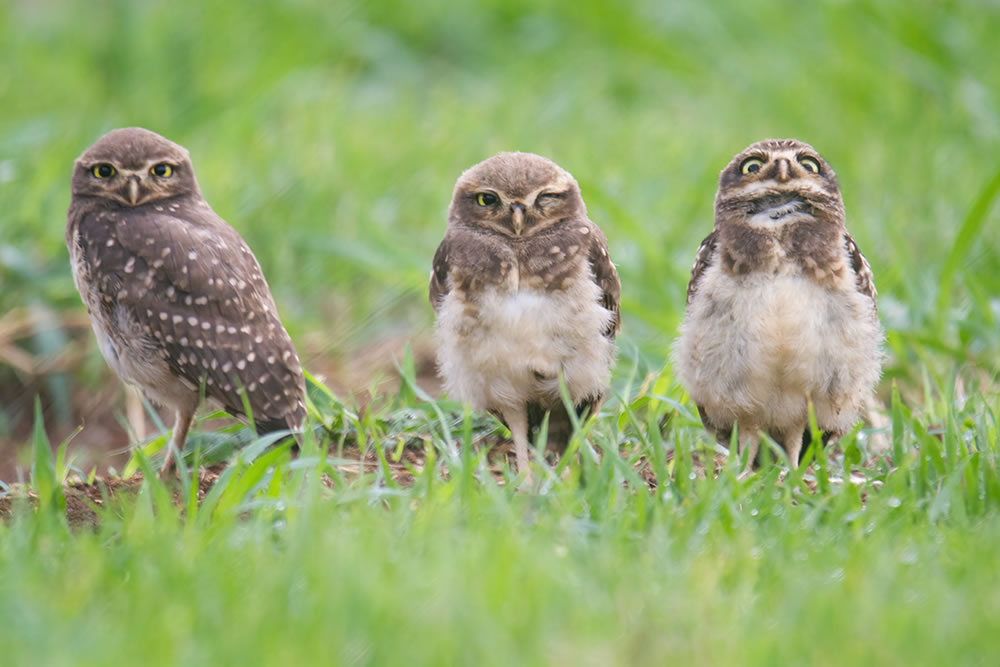
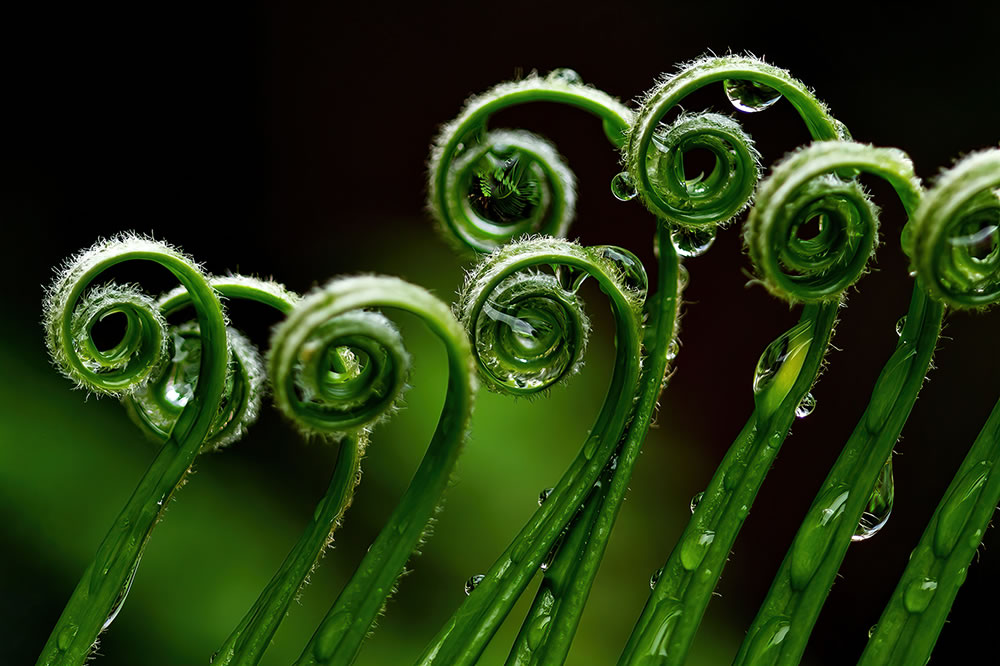
One thing you have learned through photography, you would want to share with our readers?
Photography has the power to connect us with the essential, the poetic, and the sacred, whether by capturing a person, a family, a couple, or nature. Photography speaks about our life experiences, about how we perceive the world, and the message we are conveying to our clients, family, and friends. It is a guardian of memories that has the ability to take us back to the past, reliving experiences or revisiting places that have emotionally touched us.
What is the best compliment you received so far?
The best compliments I receive come from my three daughters (they are currently 7, 4, and 3 years old). They make a point to see each of my nature photos and are quite honest about whether they like them or not. But when all three of them like a photo at the same time, they shout, “WOW, daddy! How beautiful!” There is no better compliment than that.
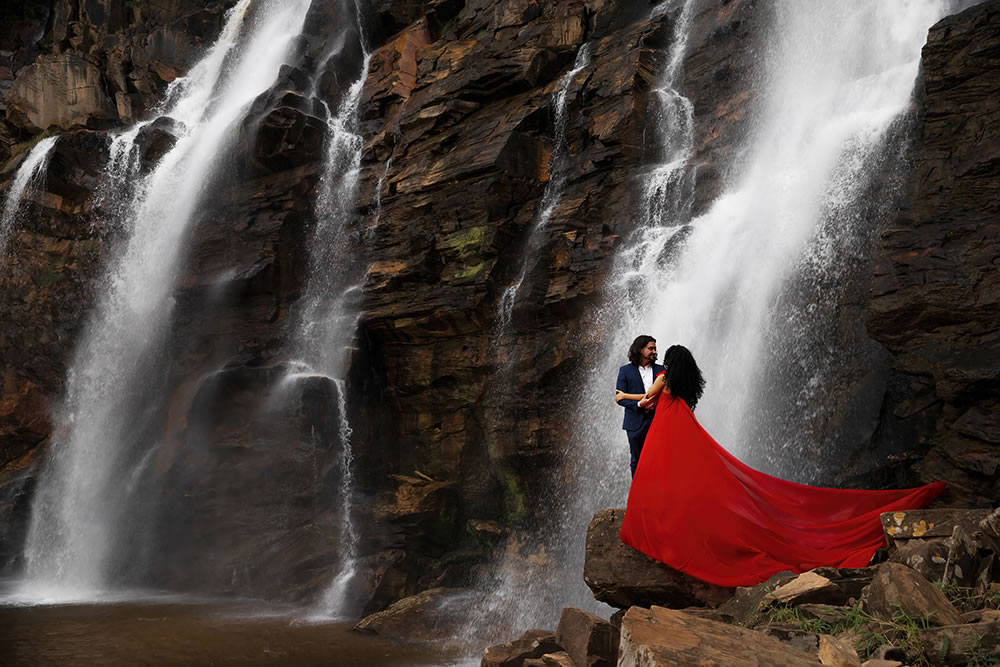

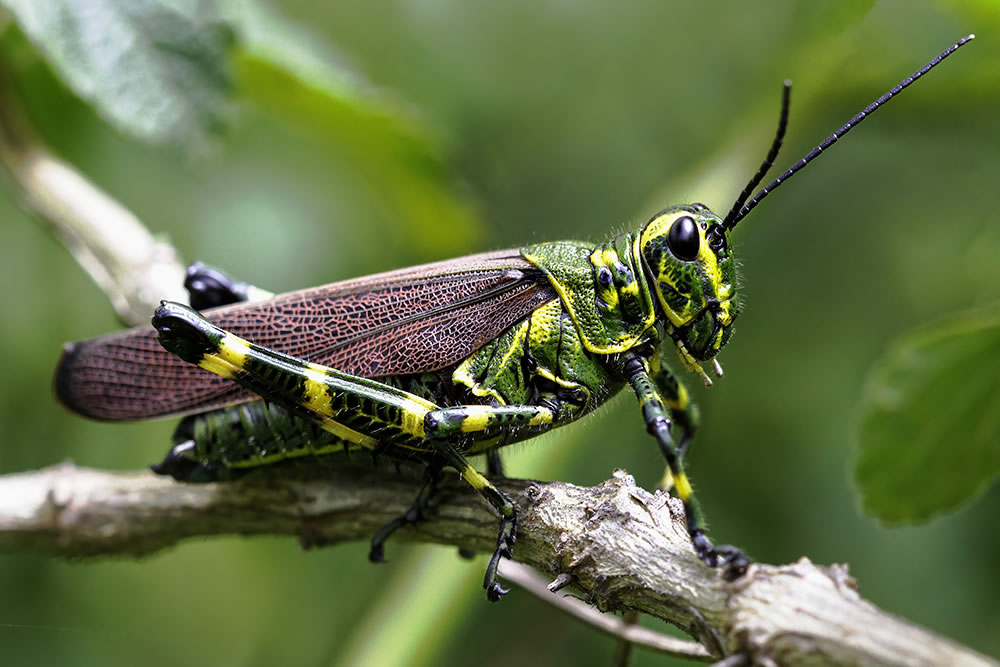
Any favorite photography books?
I really like Genesis by Sebastião Salgado.
What’s your personal motto?
“My motto is: ‘I say the real is not in the departure nor in the arrival: it’s nestled in the middle of the crossing’, excerpt from ‘Grande Sertão: Veredas’, one of the greatest works of Brazilian literature.”
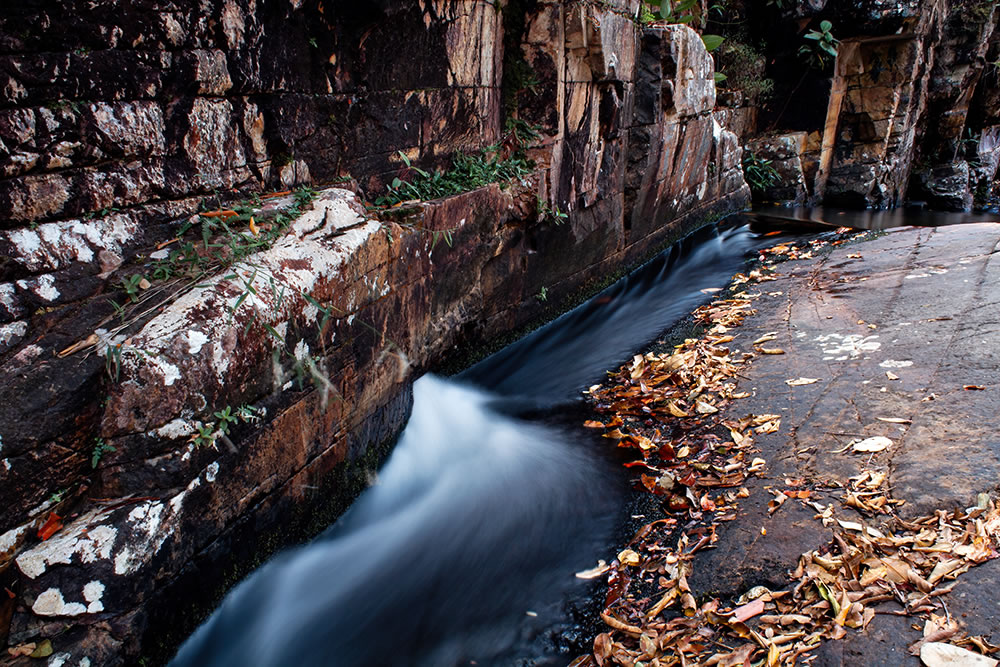
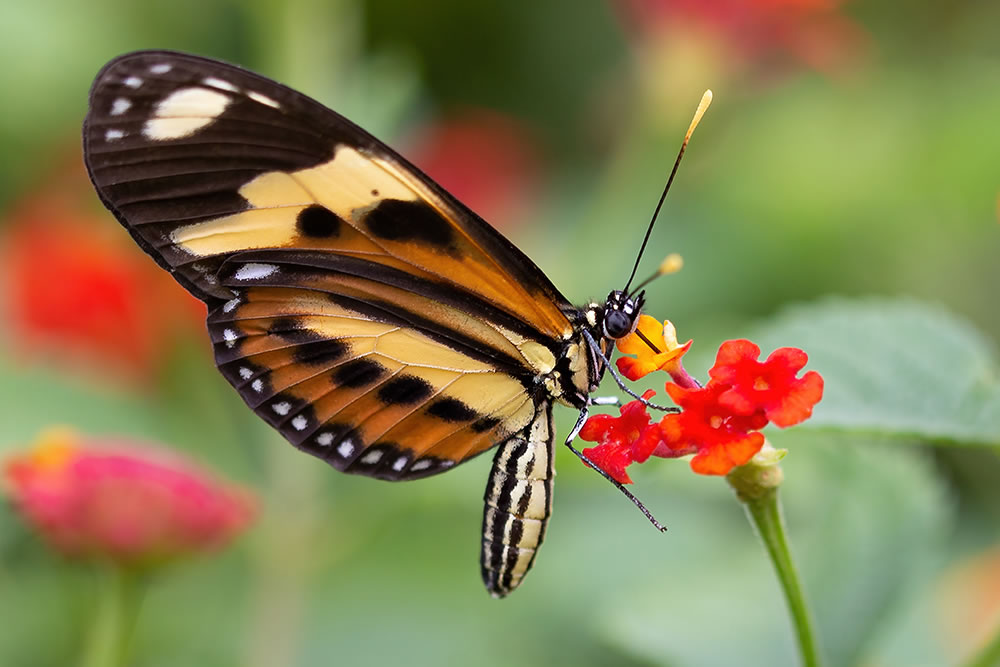
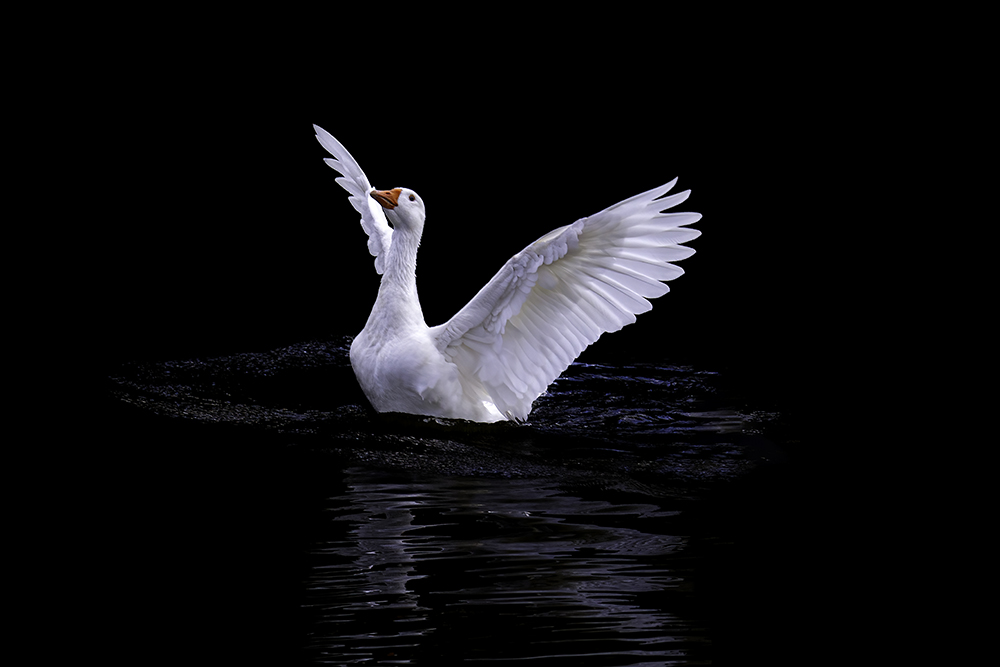
Other than photography, what are your hobbies and interests?
I really enjoy reading literature, cooking, and engaging in ecotourism.
Thanks again for providing 121 Clicks with this opportunity to interview you. Any final thoughts for our readers?
I thank you for the opportunity to grant this interview. I would like to suggest to the readers to participate in online photography contests, like Gurushots, as they are fantastic opportunities to learn more about photography, make new friends, and enhance your skills as a photographer.
For me, photographing nature is like therapy. It’s when I can clear my mind from all the day-to-day problems, from all the hustle and bustle that life imposes on us. It’s when I can stop and listen to the sounds of nature, contemplate and capture the sublime beauty that surrounds me. It’s a time to look inward, reflect on what I’ve been doing, and think about what I intend to do. I believe that this perspective could be important for some readers as well. Taking even just 30 minutes away from the frenetic pace of big cities, listening to the birdsong, the sound of water hitting the rocks, can be soothing for our souls nowadays.
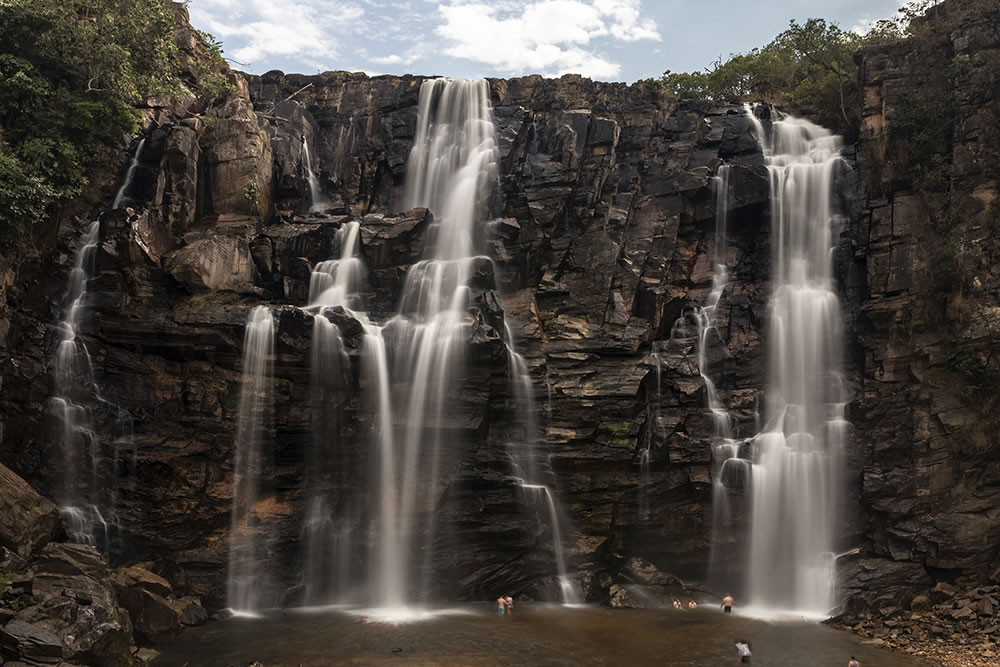
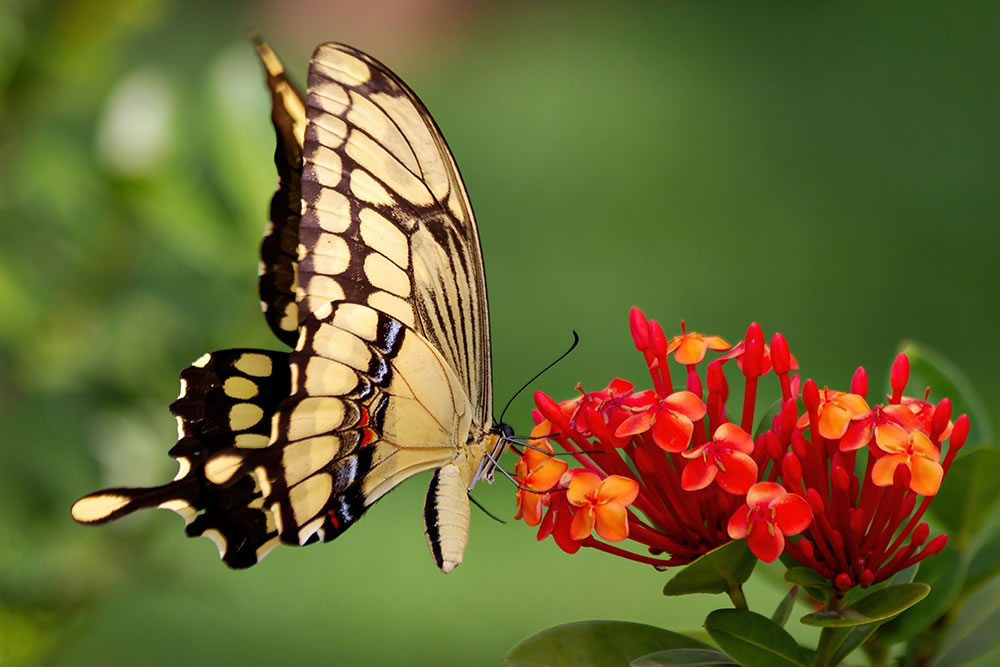
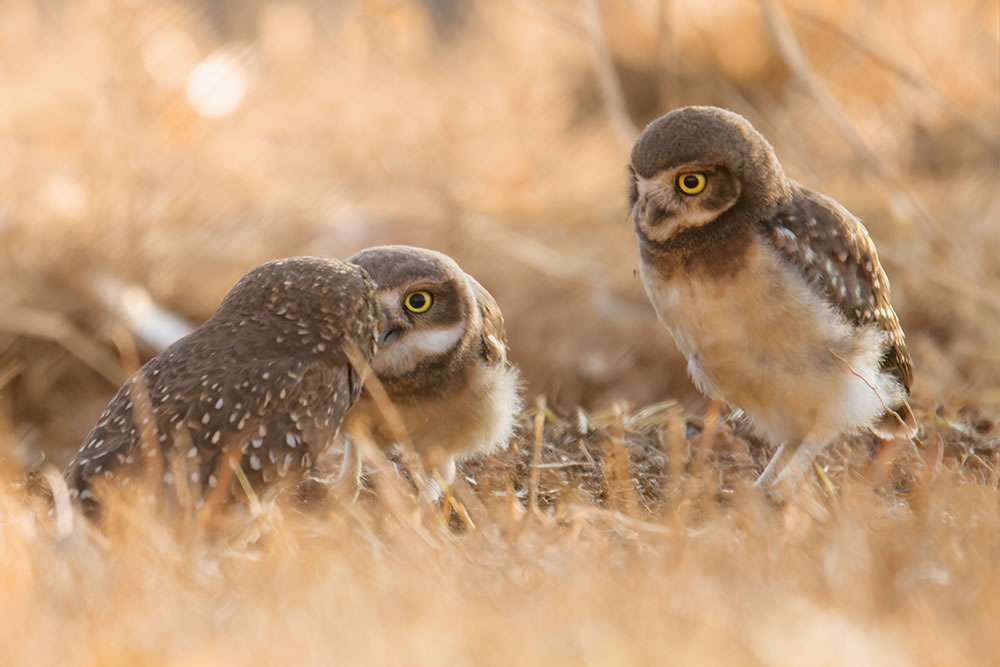
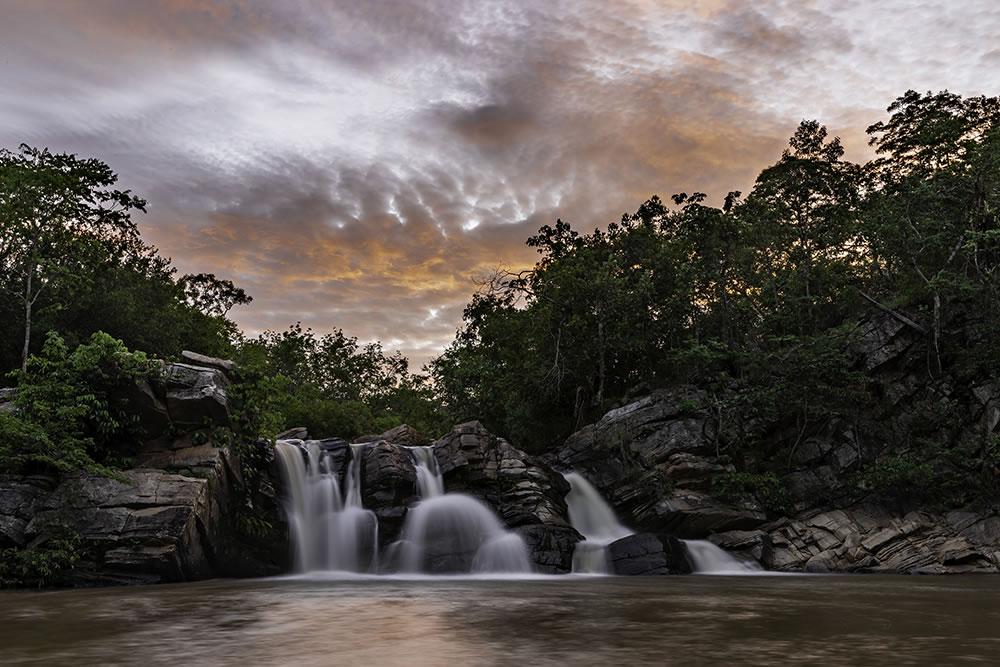
You can find André Miranda on the Web :
Copyrights:
All the pictures in this post are copyrighted to André Miranda. Their reproduction, even in part, is forbidden without the explicit approval of the rightful owners.

